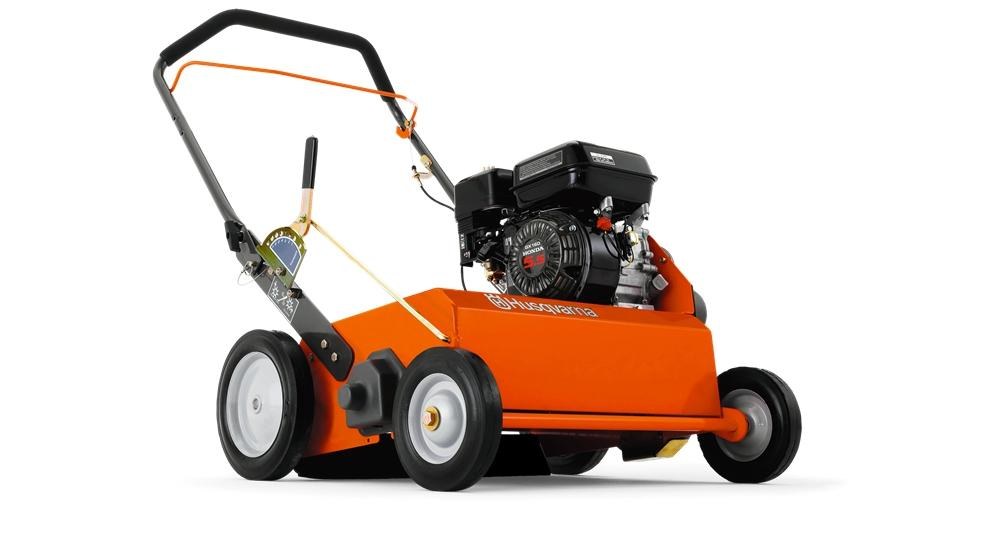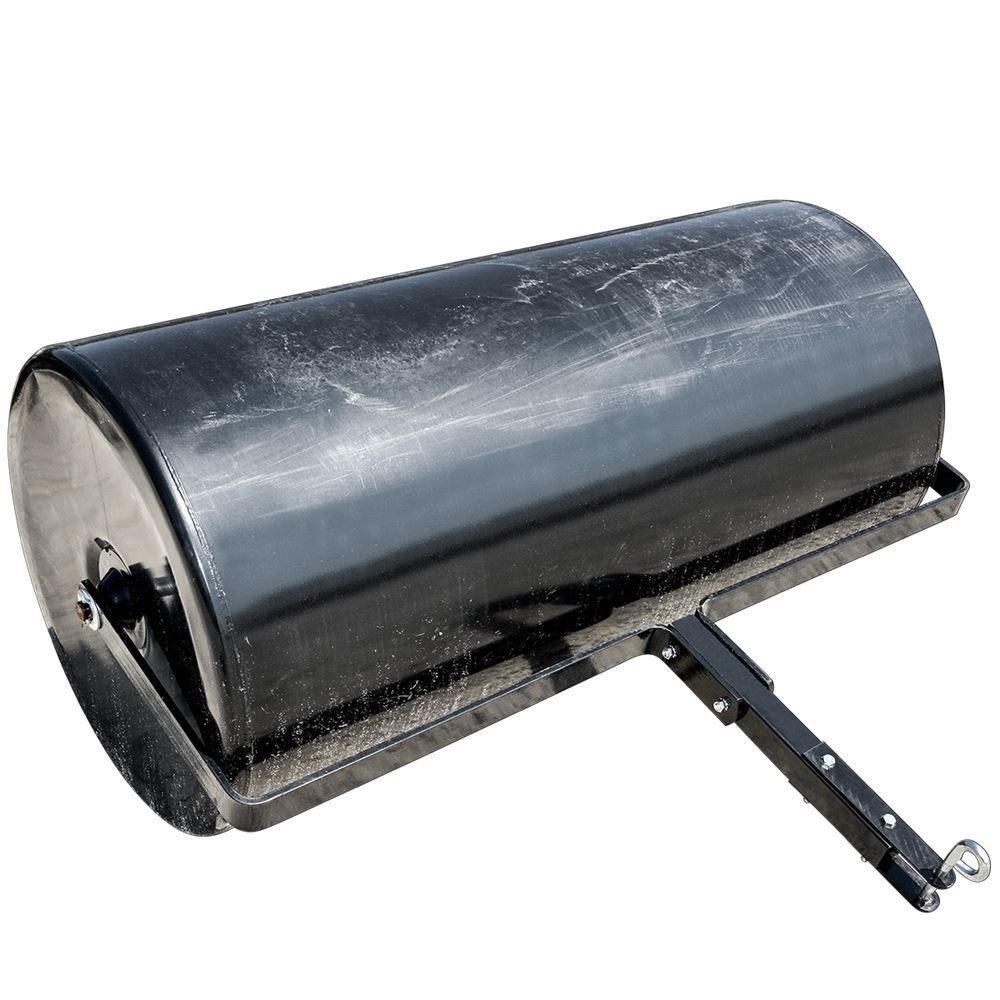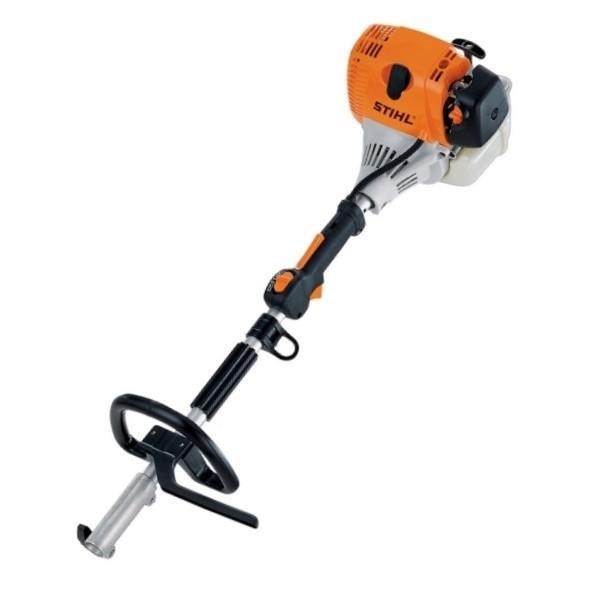Spring is the season of renewal, and it's the perfect time to give your lawn the care it needs to thrive. A healthy and beautiful lawn not only adds value to your property, but it also provides a relaxing and inviting space for you and your family to enjoy.
However, achieving a lush green lawn requires more than just regular watering and mowing. Spring lawn care involves a series of essential steps, including dethatching, aerating, overseeding, mowing, and rolling. Each of these steps plays a crucial role in maintaining a healthy and vibrant lawn.
In this guide to spring lawn care, we will take a closer look at each of these steps and provide you with the information you need to get started. Whether you're a new homeowner or a seasoned gardener, these tips and tricks will help you achieve the lawn of your dreams.
Dethatching Your Lawn
Dethatching is an important step in spring lawn care as it helps remove the buildup of dead grass, leaves, and other debris that accumulate on the surface of your lawn. This layer of debris is called thatch, and if it's too thick, it can prevent water, air, and nutrients from reaching the roots of your grass, leading to poor growth and weak roots.
While you can dethatch your lawn manually with a rake, it's a labor-intensive process, and it can take several hours to complete. A more efficient way to dethatch your lawn is by using a dethatcher machine, also known as a power rake. These machines have blades that penetrate the thatch layer and lift it to the surface, making it easy to collect and dispose of.
When using a dethatcher machine, it's important to set the blades at the right height to avoid damaging the grass roots. If you set the blades too low, you can tear out healthy grass along with the thatch. On the other hand, if you set the blades too high, you won't be able to remove enough thatch. It's best to follow the manufacturer's instructions for setting the blades or consult with a lawn care professional.
After dethatching, you should collect and dispose of the thatch. Leaving it on the lawn can create a breeding ground for pests and diseases, which can harm your lawn. Once you've removed the thatch, you can move on to the next step of spring lawn care, which is aerating.
Aerating Your Lawn
Aerating your lawn is an essential step in spring lawn care as it helps improve the soil structure, reduces soil compaction, and promotes better root growth. Soil compaction can occur due to heavy foot traffic, equipment usage, and even rainfall. This compaction can cause the soil to become too dense, making it difficult for water, air, and nutrients to penetrate the soil and reach the grass roots.
Aeration involves perforating the soil with small holes, allowing water, air, and nutrients to penetrate the soil and reach the roots. This can be done manually with a garden fork, but for larger lawns, it's best to use an aerator machine. These machines use hollow tines to remove small plugs of soil from the lawn, creating channels for air and water to reach the roots.
When aerating your lawn, it's important to avoid damaging the roots of your grass. It's recommended to aerate your lawn when the soil is moist but not too wet, as this will ensure that the tines can penetrate the soil without damaging the grass. It's also best to aerate your lawn in the early spring or fall when the grass is actively growing.
Once you've finished aerating your lawn, you should leave the plugs on the surface of the lawn for a few days to allow them to break down naturally. These plugs contain organic matter and can help improve the soil structure over time. After a few days, you can either mow over them or rake them up and dispose of them.
Aerating your lawn is a crucial step in spring lawn care that can help promote a healthy and vibrant lawn. So, don't skip this step and ensure that your lawn receives the care it needs to thrive.
Overseeding Your Lawn
Overseeding is an important step in spring lawn care as it helps fill in bare spots and improve the overall density of your lawn. Bare spots can occur due to a variety of reasons, including heavy foot traffic, pet urine, and lawn diseases. These spots can create an unsightly and patchy lawn.
Overseeding involves spreading grass seed over the existing lawn, promoting new grass growth and filling in bare spots. Before overseeding, it's important to prepare the soil by dethatching, aerating, and raking the lawn to create a smooth and even surface. You should also ensure that the soil is moist but not too wet to allow the seeds to germinate.
When choosing grass seed, it's important to select a variety that's well-suited to your climate and soil type. You can consult with a lawn care professional or your local garden center to help you choose the right grass seed for your lawn.
Once you've selected your grass seed, you can spread it evenly over your lawn using a spreader. Be sure to follow the manufacturer's instructions for the correct seed and spreader settings. After spreading the seed, lightly rake the lawn to ensure good seed-to-soil contact.
After overseeding, it's important to water your lawn regularly to ensure that the new grass seeds germinate and establish a healthy root system. You should also avoid mowing your lawn until the new grass has reached a height of at least 3 inches.
Overseeding your lawn is a simple but effective way to improve the density and appearance of your lawn. With a little effort, you can achieve a lush and healthy lawn that you'll be proud to show off to your neighbors.
Mowing Your Lawn
Mowing your lawn is an essential step in spring lawn care that helps promote healthy growth and a neat appearance. However, many homeowners make the mistake of cutting their grass too short, which can damage the roots and make the grass more susceptible to weeds and disease.
When mowing your lawn, it's important to follow the one-third rule. This means that you should never cut more than one-third of the grass blade at a time. Cutting more than one-third of the blade can shock the grass and lead to brown spots and slower growth.
It's also important to keep your lawn mower blades sharp, as dull blades can tear the grass instead of cleanly cutting it. Torn grass is more susceptible to disease and can also create an unsightly appearance.
The height at which you mow your lawn will depend on the type of grass you have. For cool-season grasses, such as Kentucky bluegrass and perennial ryegrass, a height of 2.5 to 3 inches is ideal. For warm-season grasses, such as Bermuda grass and zoysia grass, a height of 0.5 to 1.5 inches is recommended.
In addition to the height, it's also important to mow your lawn in a different direction each time. This helps prevent the grass from leaning in one direction and promotes upright growth.
Mowing your lawn is a simple but crucial step in spring lawn care that can help promote healthy growth and a neat appearance. So, take the time to mow your lawn correctly, and you'll enjoy a beautiful and healthy lawn all season long.
Rolling Your Lawn
Rolling your lawn is an optional step in spring lawn care that can help level out any bumps or uneven areas in your lawn. However, it's important to note that rolling should only be done on lawns with minor bumps or unevenness, as excessive rolling can compact the soil and damage the grass roots.
To roll your lawn, you'll need a lawn roller, which can be rented from a lawn care or equipment rental store. Before rolling, it's important to water your lawn thoroughly to moisten the soil. This will help prevent the soil from compacting and causing damage to your lawn.
If you’re using a towable roller, begin by filling it with water or sand, where as a ride-on roller will be ready to go from the start. Roll it over your lawn in a back-and-forth motion, working in rows to ensure complete coverage. Be sure to overlap each pass slightly to prevent leaving any gaps or unevenness.
After rolling, it's important to water your lawn again to help it recover from any minor compaction that may have occurred. You should also avoid mowing your lawn for a few days to allow the grass roots to recover.
While rolling your lawn can be helpful in creating a level surface, it's important to use caution and not overdo it. Excessive rolling can cause more harm than good, so if your lawn has significant unevenness, it may be better to address the underlying issues causing the problem, such as soil erosion or grading issues.
In summary, rolling your lawn can be a helpful step in spring lawn care, but it should only be done on lawns with minor unevenness. Be sure to use caution and follow proper rolling techniques to avoid damaging your lawn.
Conclusion:
Maintaining a healthy and beautiful lawn takes effort, but it's worth it in the end. By following the tips outlined in this guide to spring lawn care, you'll be on your way to a lush and thriving lawn in no time.
Remember, spring is the perfect time to give your lawn the attention it needs to thrive throughout the year. Start with a thorough cleanup, followed by dethatching, aerating, overseeding, mowing, and rolling as needed. And don't forget to fertilize and water your lawn regularly to ensure optimal growth and health.
With proper care and attention, your lawn will be the envy of the neighborhood and a source of pride for years to come. So, get out there and give your lawn the care it deserves!
If you have any additional questions or are looking for lawn care equipment, please don't hesitate to contact us or stop in. Our knowledgeable staff members are always eager to assist you and provide expert advice!
Rocks In Your Yard?
Are you tired of dealing with rocks in your yard after the winter plowing? No worries! A Kombi unit with a paddle broom attachment is a game-changer that can efficiently remove stones and make your yard look spotless. Give it a try today and see the difference for yourself!








